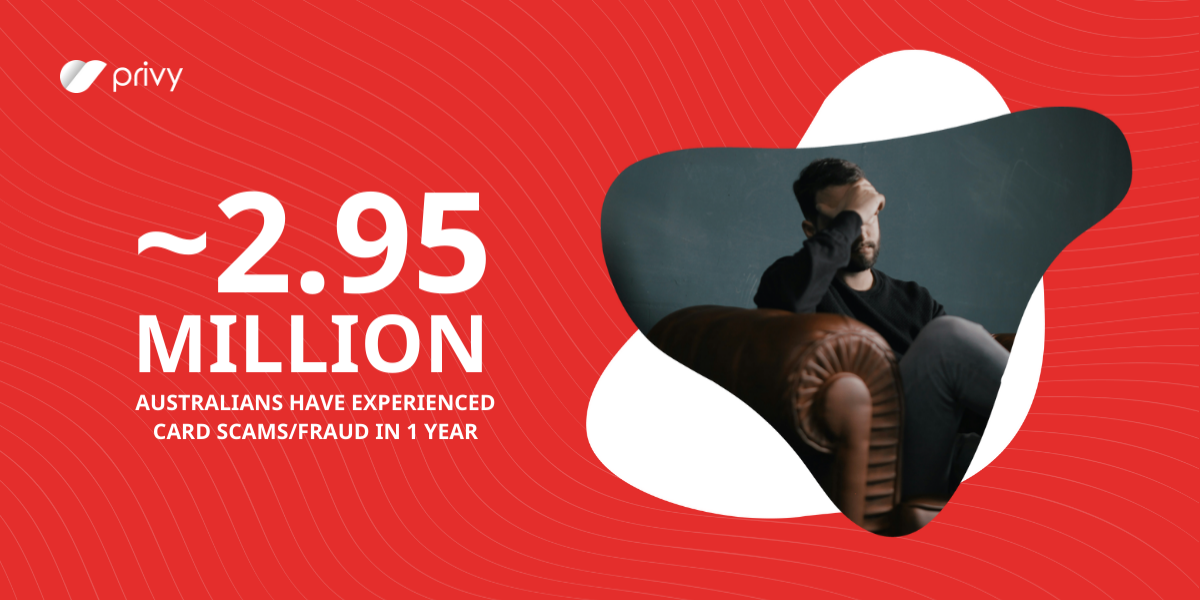.png?width=352&name=blog%20thumbnail%20(launch%20announcement%20blog).png)
Identity theft, fraud, scams and cyberattacks – now using artificial intelligence and deep fakes – contributed to $481 million in losses across Australia last year*. Attracting major media attention and consumer concern, cybercrime erodes trust in the digital economy.
Operating like any other legal business, perpetrators work hard to target individuals or companies to access and steal data, which they then resell to fraudsters or use as leverage for extortion.
Big brands like Optus, Medicare, and Latitude Finance have made headlines over the years, but hackers breach hundreds of regular Australians every week with serious financial, reputational, and emotional consequences.
Despite the exposure, many people are unaware that even small snippets of information, such as social media accounts, email addresses, postal addresses and mobile phone numbers, can be pieced together to commit fraud and identity theft.
Tip: Always think twice before sharing personal or identifying details, photos or updates about your location, activities or personal life on social media.
To avoid becoming the next victim, internet users need to be aware of cybersecurity tools they can use to protect their private information.
The rise and acceptance of digital signatures
While electronic signature solutions have existed for years, the pandemic accelerated the widespread local and global acceptance of eSignatures for official contracts, agreements, forms and more.
Independent bodies, like the International Organisation for Standardisation (ISO), have developed standards for electronic signatures to ensure interoperability and security.
Here, we look closer at how implementing digital signatures can significantly strengthen security and prevent unauthorised access.
The role of digital signatures in cybersecurity
Even with just a few vital pieces of identifiable information, a cybercriminal can access personal systems to find more information, steal data or access more information – often enough to make agreements.
By using secure digital signatures, individuals and organisations can help prevent unlawful access to important documents and systems.
Modern digital signature systems authenticate the identity of the signer. They can use cryptographic algorithms to generate a unique digital fingerprint of the message or document, which is later encrypted using the sender's private key. The recipient can verify the signature using the sender's public key, ensuring the message originated from the claimed sender.
Digital signatures can also ensure that the message or document has not been altered in transit. Any modification to the content would result in a different signature when verified, alerting the recipient to potential tampering.
Streamlining online transactions with digital signatures
Digital signatures help reduce the risk of fraud and identity theft in online transactions by authenticating the identities of all parties involved. They also make it more difficult for malicious actors to impersonate legitimate users or tamper with transaction data.
The rise of e-commerce means we are transacting electronically more than ever before. When buyers have the peace of mind that their transactions are protected by strong cryptographic mechanisms and backed by legal frameworks, they are more likely to engage in online commerce and digital interactions with your business.
Protect your privacy with Privy’s eSignature solutions
With over 45 million onboarded customers, 120 million signed documents and 3,000+ companies under our protection since 2016, Privy is a leading digital trust provider.
Prove it with Privy! Apply for our Early Access Program and experience the future of digital ID enabled solutions. Learn more at privy.com.au #ProveItWithPrivy
* SBS News: $481m in losses and 302,000 complaints: The scams hitting Australians hard, 2024
Similar articles
.png?width=352&name=blog%20thumbnail%20(launch%20announcement%20blog).png)

Digital identity verification: Why it matters in your online world
Whether you tap, transfer, click or swipe, with your phone, watch, card, fingerprint or fingertips,...
Read more
Privy Opens Australian Office
The Minister of Trade of the Republic of Indonesia Zulkifli Hasan has officially inaugurated...
Read more